When you’re towing an RV, a lot can go wrong: driving too fast, not checking your mirrors, forgetting about how tall your rig actually is.
These are mistakes RV owners make every day, sometimes without even realizing it. Some slip-ups are more common than others, but nearly all of them can be avoided with some preparation and awareness.
Here’s a breakdown of frequent RV towing mistakes, why they happen, and how to avoid them.
1. Driving Too Fast While Towing
Speeding tops the list because it’s one of the most frequent issues seen on the road.
Towing changes how your vehicle handles, especially when it comes to stopping, turning, and reacting to sudden situations. Once a trailer is involved, speed amplifies small problems. Faster speeds make sway more likely, increase your stopping distance, and reduce your ability to steer safely.
Most RVers benefit from keeping their towing speed between 55 and 65 miles per hour. This range helps maintain control without putting too much strain on your vehicle or increasing the risk of a blowout. On wet or icy roads, slowing down even more is a smart move. Racing down the highway might get you there a little sooner, but it can come at a real cost in terms of safety and fuel use.
Related: How Fast Is Too Fast for Towing? Many RVers Get This Wrong!
2. Overloading Your RV
RV weight ratings aren’t just a suggestion. Every rig is rated for a specific amount of weight, covering the RV itself, everything loaded into it, and anything it’s towing or carrying. Two common terms to know are Gross Vehicle Weight Rating (GVWR) and Gross Combined Weight Rating (GCWR). Exceeding these numbers can affect handling, braking, tire performance, and even structural safety.
A lot of RV owners unintentionally overload their campers by packing too much gear, hauling extra equipment, or even carrying too much fresh water can tip them over that threshold. It’s worth taking time to weigh your loaded RV at a certified scale. If the weight is above your rated limit, remove unnecessary items and redistribute what’s left so that the weight is balanced.
3. Tongue Weight Balance
Tongue weight is the amount of downward force the trailer applies to the hitch on your tow vehicle. Too little tongue weight can make the trailer sway side to side. Too much tongue weight can lift the front end of your tow vehicle, reducing steering control and braking effectiveness.
The general guideline is for tongue weight to be 10 to 15 percent of your trailer’s total loaded weight. For example, a 6,000-pound trailer should have between 600 and 900 pounds of tongue weight. Getting this balance right often means adjusting where cargo is placed in the trailer and using a scale to check your setup before heading out.
4. Unsecured Cargo
Loose items inside or outside an RV can easily turn into hazards. Whether it’s a cooler sliding around inside or a bike rack not tightened down, unsecured cargo puts both your belongings and potentially other drivers at risk.
Inside your RV, heavier items should be stored low and secured with straps or placed in cabinets with strong latches. Lighter items can go up high, but they still need to be secured to prevent them from shifting. For outside gear like kayaks, grills, or storage boxes, check all straps and mounts before you drive. Whenever we make a pit stop, I like to check things over, especially after rough roads or sharp turns.
5. Skipping Weight Distribution and Sway Control Equipment
Some people tow without using weight distribution hitches or sway control, thinking they’re optional or only needed for very large trailers. In reality, these tools help keep things balanced and stable, especially on longer hauls or when driving through wind or uneven terrain.
A weight distribution hitch helps spread the trailer’s weight across the axles of both your tow vehicle and trailer. This helps level everything out, improving how your vehicle steers and brakes. Sway control devices help reduce the side-to-side motion that can happen when a trailer gets pushed by wind or large trucks passing by.
Both pieces of equipment work together to make towing smoother and safer. Skipping them can lead to handling problems that catch drivers off guard.
6. Neglecting Tire Pressure
Tires handle the full weight of your RV and tow vehicle combined. If they’re not inflated correctly, you’re risking blowouts, poor handling, and uneven tire wear. Underinflated tires generate more heat due to increased rolling resistance, while overinflated tires reduce the amount of rubber contacting the road, which affects traction.
To keep things safe, check tire pressure before each trip, while the tires are still cold. This means before driving that day, not after you’ve been on the road. A reliable tire pressure gauge is worth having on hand, along with a portable air compressor if your setup doesn’t already include one.
💡 Tip: Don’t forget the spare tire, either, as it’s no help if it’s flat when you actually need it.
Check out these 8 critical tire pressure tips for more important info.
7. Not Properly Securing Hitch Connections
One overlooked but very real issue is failing to secure your hitch correctly. That includes making sure the coupler is locked down on the ball, safety chains are crossed and attached properly, and the breakaway cable is connected. If anything in that setup isn’t right, your trailer could separate from your tow vehicle, turning into a major hazard.
Double-check the hitch setup before every trip and again during stops. It’s not something you want to rush through or assume is fine because it was fine the last time. Safety chains should have enough slack for turning but not drag on the ground, and the breakaway switch cable should also have the right amount of length – tight enough to pull in case of separation, but loose enough that normal turns don’t trigger it.
8. Tailgating
Towing adds a lot of weight to your vehicle, which means it takes longer to stop. Following too closely behind other drivers is a mistake many people make without realizing just how much extra room they need. The larger your trailer, the more distance you’ll need to safely come to a stop.
A basic rule is to allow at least one second of following distance for every 10 feet of your vehicle’s length. So if your tow vehicle and trailer combined are 50 feet long, aim for at least five seconds of space between you and the vehicle ahead. Add more distance when driving at higher speeds or in poor weather conditions. It may feel like a lot of empty road, but that extra space makes a real difference in how safely you can respond to sudden stops.
9. Maneuvering Mishaps
Making sharp turns or misjudging corners while towing can cause serious problems. It’s easy to clip curbs, hit signs, or even jackknife your trailer if you’re not careful about how you handle turns. The key is to take wider, more gradual arcs than you would in a regular vehicle.
When approaching a turn, slow down earlier than feels necessary and keep an eye on your mirrors to track the trailer’s position. The rear of your trailer will swing out as you turn, so be aware of vehicles, pedestrians, or obstacles in that space. Getting comfortable with how your setup moves takes practice, but patience and attention make a noticeable difference.
10. Ignoring Clearance Heights
Hitting a low bridge or canopy is a mistake that can easily happen if you don’t know exactly how tall your rig is. This includes the height of any rooftop items like air conditioning units or antennas.
Write down your RV’s full height and keep it visible on your dashboard. Plan your routes with clearance in mind, using RV-specific GPS apps that account for height restrictions. Even on familiar routes, things can change, such as temporary construction with lower clearances. When in doubt, stop and check before proceeding. Scraping the roof is more than just an inconvenience; it can cause damage that’s expensive to fix.
11. Poor Mirror Setup
Standard side mirrors on most vehicles don’t provide enough visibility when you’re towing an RV. Without a clear view down both sides of your trailer and what’s behind you, lane changes and turns become a lot riskier.
Invest in towing mirrors that either clip onto your existing mirrors or replace them altogether. These give you a wider field of vision. Adjust them so you can see a small part of your trailer edge in the inner part of the mirror, while also having a clear view of the traffic behind and beside you. Some RVers also add convex mirrors for a broader view, especially to cover blind spots. Backup cameras can be helpful, too, but mirrors should always be your first line of sight when driving forward.
12. Inadequate Braking Systems
When your trailer weighs more than 3,000 pounds, it typically needs its own braking system to help slow everything down safely. Relying only on your tow vehicle’s brakes isn’t enough for safe control, especially when towing heavier RVs.
There are two main components here: trailer brakes and a brake controller. Trailer brakes work in sync with your vehicle, and the brake controller mounted in your tow vehicle manages how much braking force is applied to the trailer. Proportional brake controllers are preferred by many because they match the braking force to how hard you press your vehicle’s brakes, making for smoother stops.
Regular maintenance matters too. Brake pads wear down, especially when towing often. Checking brake function and adjusting brake controller settings before each trip helps avoid surprises while on the road.
13. Skipping the Pre-Trip Inspection
A full walk-around inspection before towing might seem like a hassle, especially when you’re eager to get going, but it helps catch small issues before they become bigger ones. Skipping this step is a habit that can lead to preventable problems.
Before every trip, check tire pressure, hitch connections, brake lights, turn signals, and trailer brakes. Look for anything loose or out of place, both on your tow vehicle and the trailer. Safety chains, electrical hookups, and breakaway cables should all be in good shape and properly connected.
A pre-trip inspection doesn’t take long once it becomes part of your routine. Having a written checklist can help make sure nothing gets overlooked, even on shorter trips.
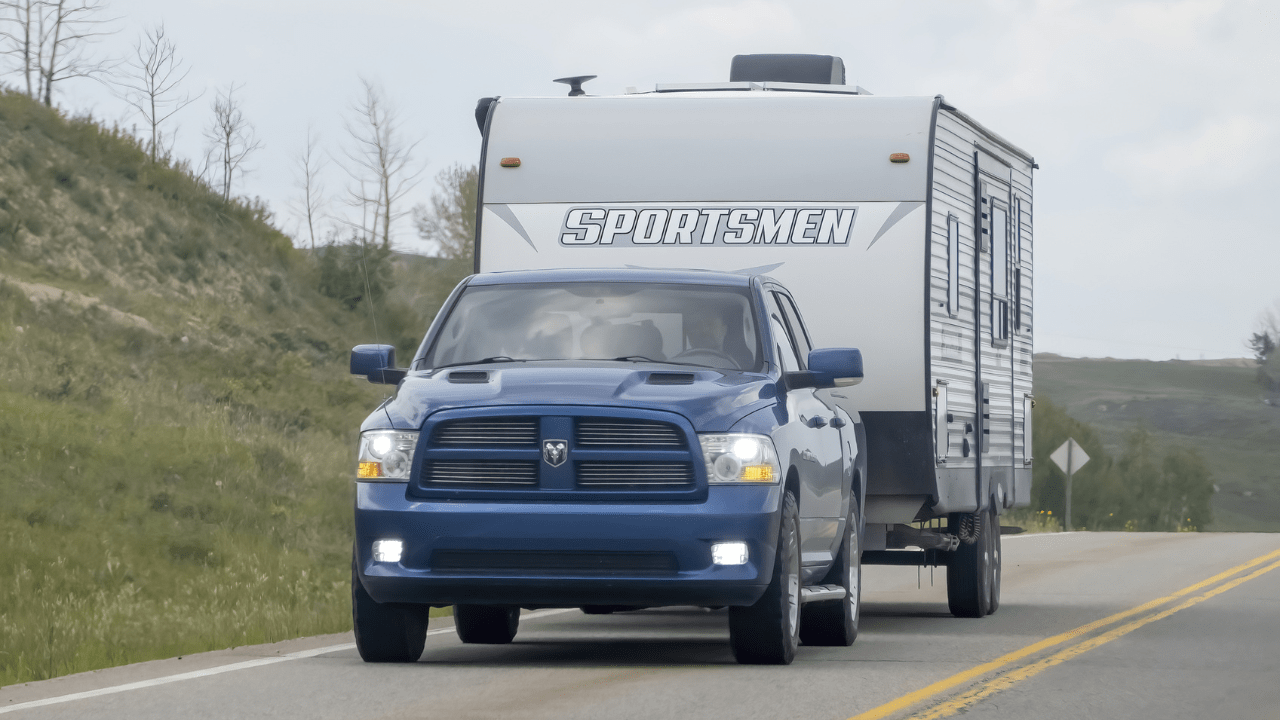
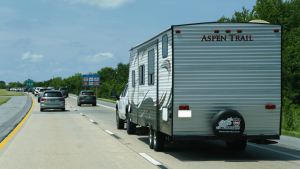
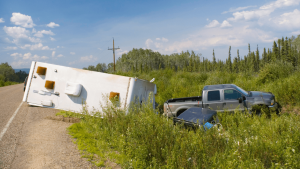

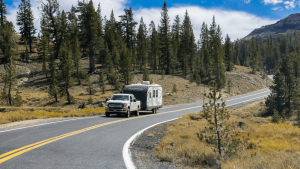

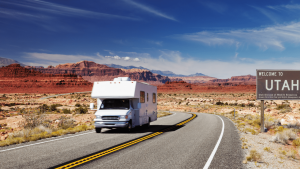
Good information! But there’s still way to many stupid people out there on the road! Causing way to crashes! Not just pulling trailers!
Thanks! And I agree!
Excellent information and I would add once again,Safety is everything slow down when hooking up and triple check every connection before even getting in the vehicle. Another add is check all running lights including turn, break, caution ,and running light all around the RV and your pull vehicle before you hit the road this also gives you a opertunity to go over every aspect of the RV and pull vehicle for unlocked doors and any other items needing taken care of before leaving.
Thanks Ken, and great additions!
What does that have to do with the topic?
Every thing in this article is true. I drove 18 wheel for 35 years. I still do pre-check every time
The biggest mistake I too commonly see is inadequate tow vehicle. Double axle trailers for example being towed by SUVs or small trucks.
We had a 26 ft travel trailer that towed better when it was full of water. The fresh water tank was located low , right on top of the axles, and towed better with the added weight, especially in the wind